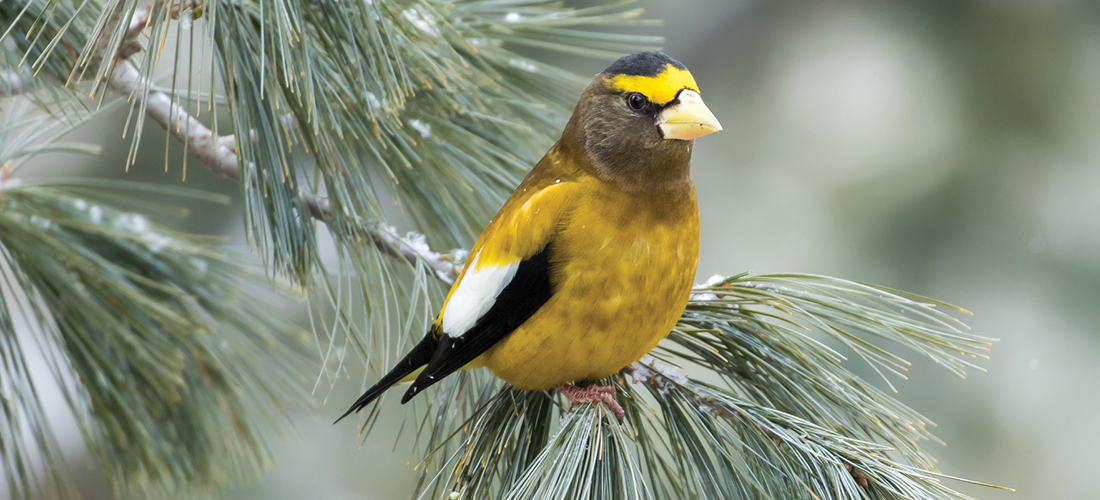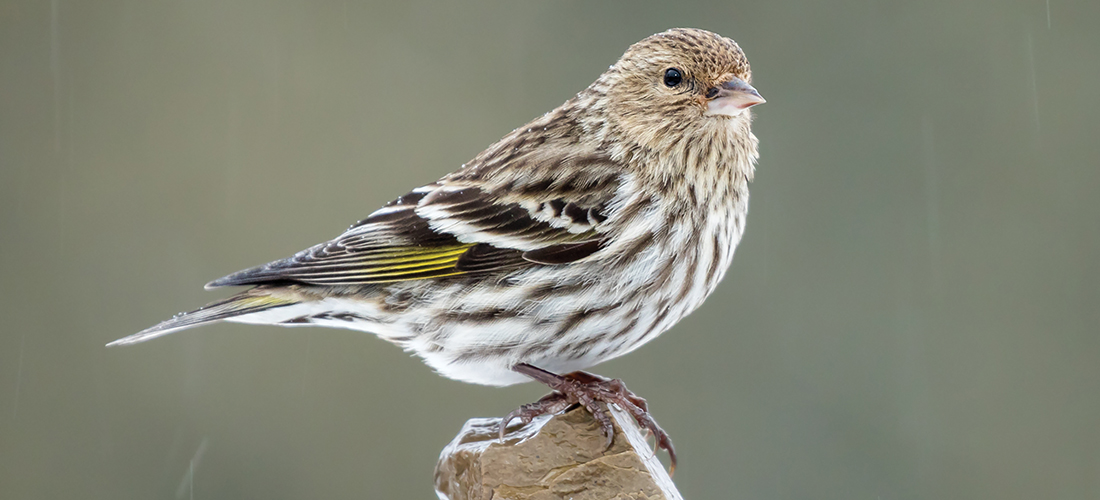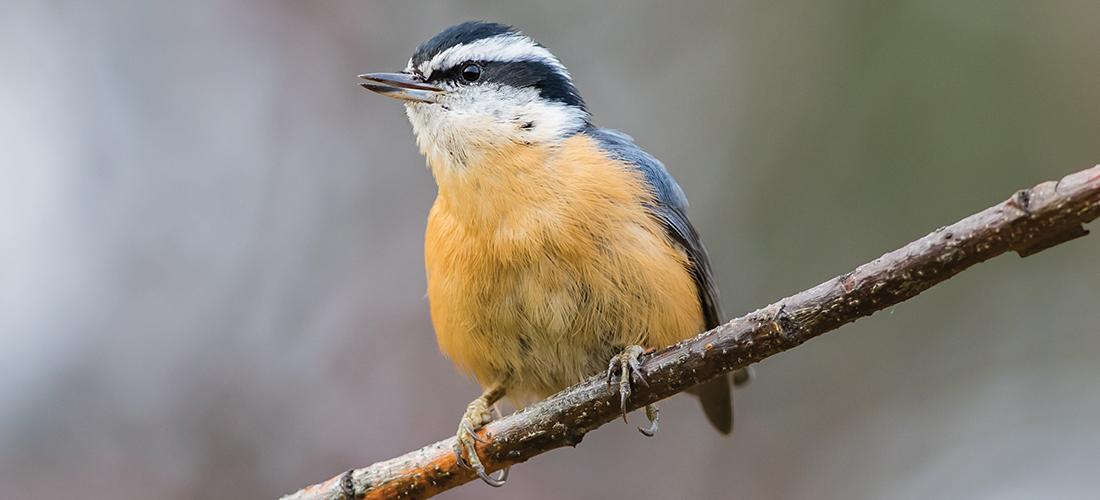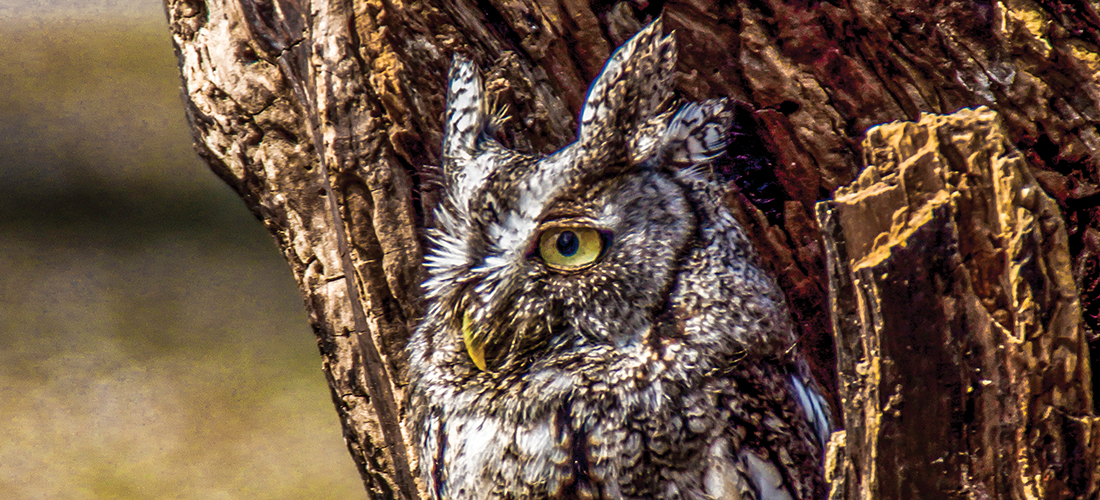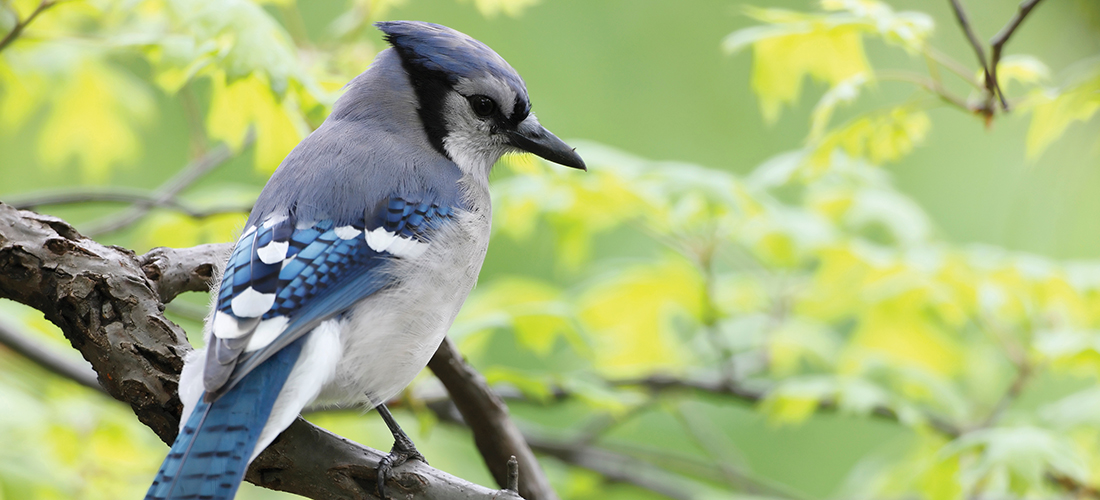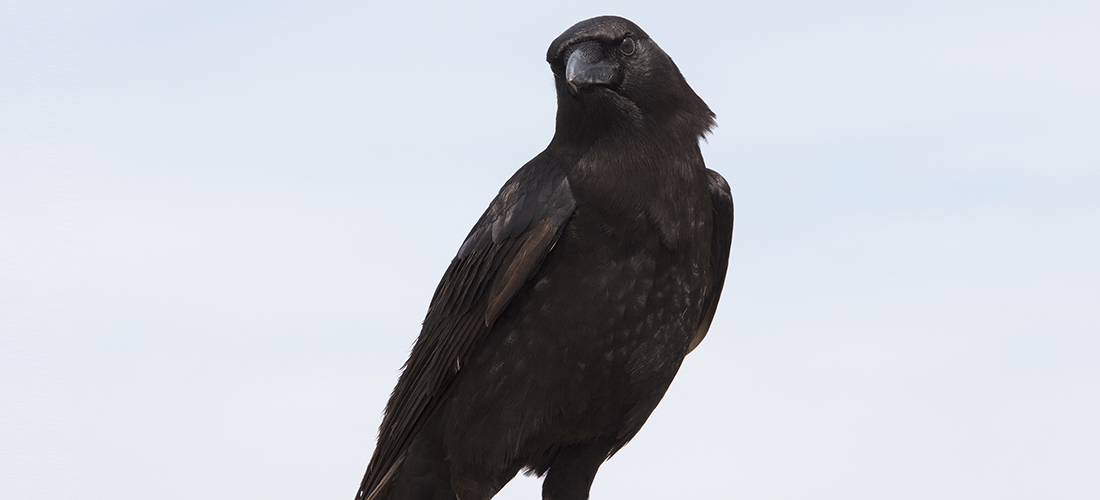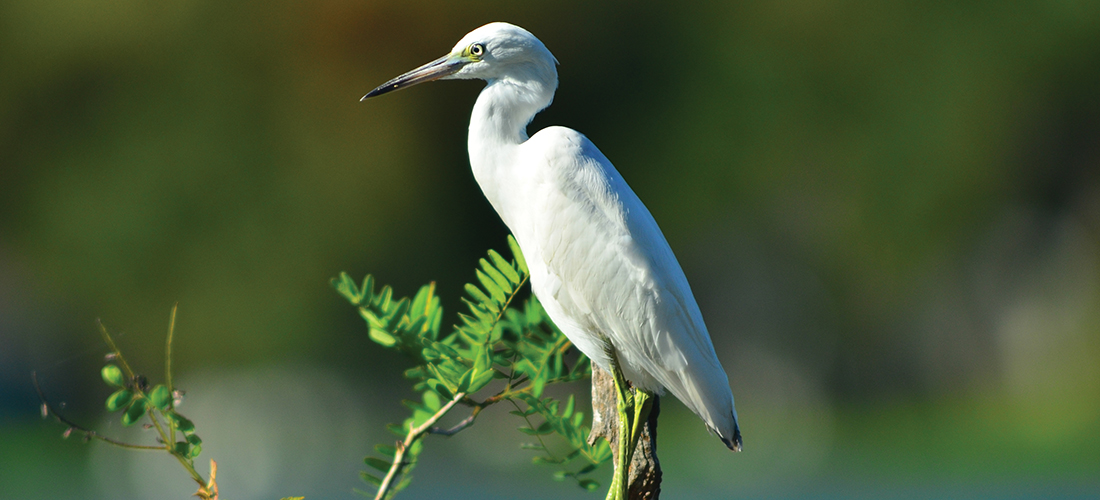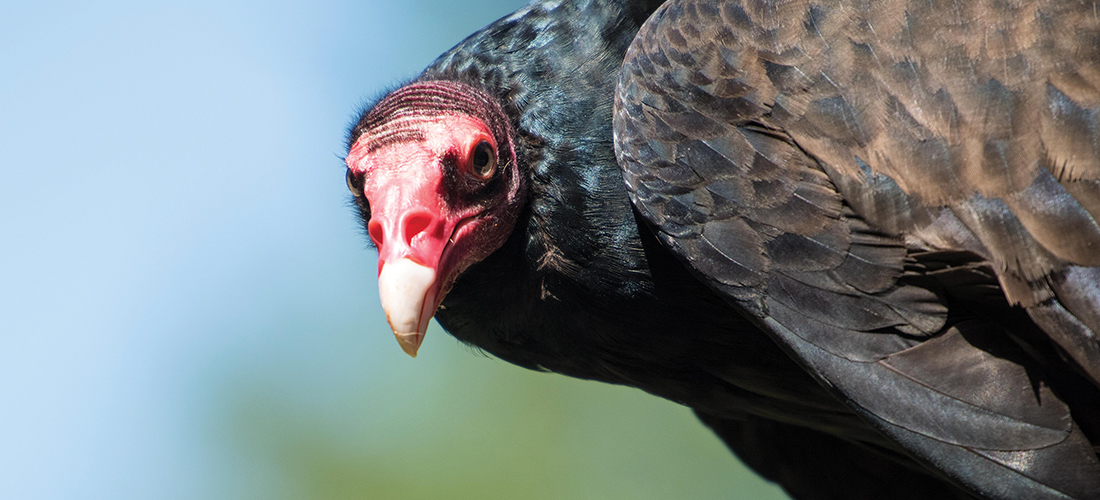Rare Birds
Sightings of the evening grosbeak are fewer and far between
By Susan Campbell
The evening grosbeak is one special bird: one that old-timers in Piedmont North Carolina may remember from winters many years ago. Anyone newer to our fair state has likely not seen one here. Those who have been feeding winter songbirds for decades know this bird as the one that can show up in massive flocks and has the capacity to devour black oil sunflower seed in huge quantities in no time at all. It has never been a regular here even when sightings did reliably occur every few years. During winters when northern hardwoods — ash and conifers, such as pine and spruce — set little seed, grosbeaks must fly farther afield to find food. Across New England and the upper Midwest, flocks are forced to move southward in search of sources of nuts and seeds to nourish them during the cold weather. Farther and farther they fly until they find trees laden with fruits — and feeders well-stocked with black oil sunflower seed.
Although populations are quite healthy in the western United States and Canada, evening grosbeaks are not doing well at all here in the East. In the last 50 years a huge decline (as much as 95 percent) has been documented, likely as the result of habitat alteration, from large-scale aerial spraying of boreal forest to counter diseases such as salmonella and West Nile virus. So, it is no surprise that appearances of grosbeaks as a result of eruptions this far south are few and far apart these days.
Evening grosbeaks are easy to recognize: They are a bit larger than cardinals and have varying degrees of yellow plumage. Adult males are mostly yellow with splashes of white. Females and young males only have limited amounts of yellow plumage on a pale background. But all have black wings and a black tail. The most prominent feature of these handsome, husky birds is, as their name implies, a huge white bill.
During the warmer months, grosbeaks have quite a broad diet consisting of a variety of invertebrates, buds of trees and flowering plants along with tree sap as well as larger fruits and their seeds. The birds will forage from the ground to the very tops of trees, especially in the summer months when they have young mouths to feed. Not only will they clean up fallen fruits but they will also hunt aerial insects on the wing.
There are several curious facts about these beautiful birds. One is that for a songbird, the males do not sing. Both sexes simply employ short calls to communicate, especially during the breeding season, but also during the rest of the year. Another interesting tidbit: There is no territorial defense around the nest site. The explanation for the evolution of both these strategies is that resources (especially food) are so abundant that there is no need to advertise or create a territory during a good portion of the year. At feeders, adult males may occasionally chase females and younger males, but generally they feed peacefully, shoulder-to-shoulder.
I will be watching closely for evening grosbeaks in the Sandhills and Piedmont until spring. I have memorized their calls — and have vowed to keep my sunflower feeders full through the winter. However, if any of these large, colorful birds with well-endowed bills end up in our mist nets at the banding station at Weymouth Woods, I guarantee I will be pulling out the heavy gloves as well as a big dose of courage. PS
Susan would love to receive your wildlife sightings and photos. She can be contacted by email at susan@ncaves.com.

